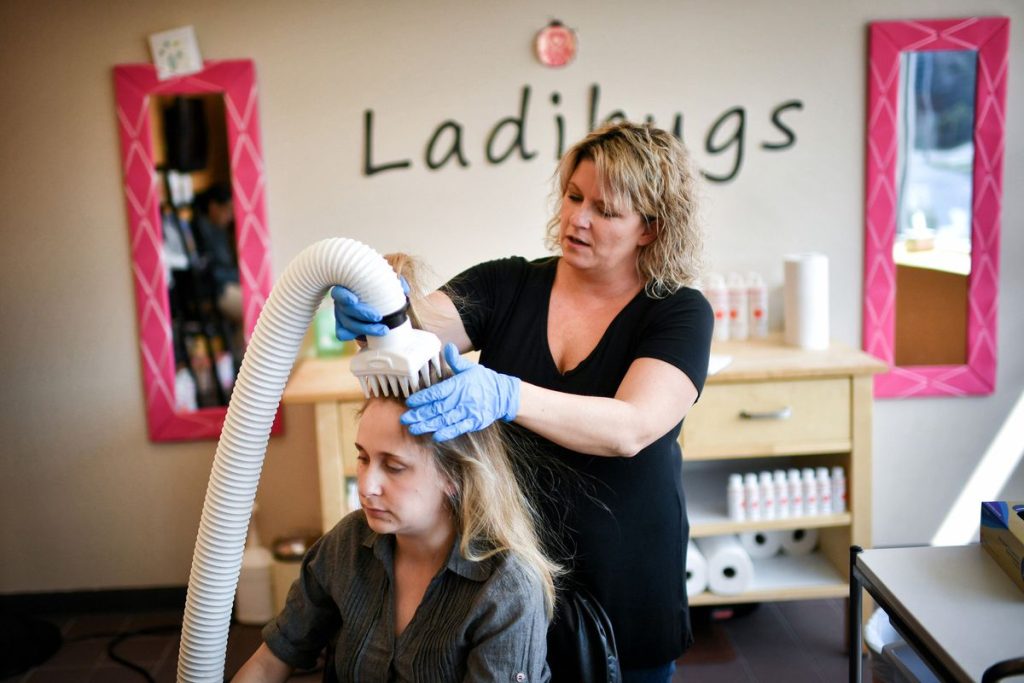Head lice are tiny parasites that live on the scalp and feed on blood extracted from the scalp. These parasites multiply quickly and complicate the situation by causing itching and red bumps on the scalp. A female head louse lays approximately four eggs per day, for a total of approximately 88 eggs in her lifetime. Because lice parasites reproduce rapidly on the scalp, combing becomes a laborious and slow process for removing them. You can schedule a Sacramento lice treatment appointment and have the treatment delivered to your home to ensure that you get the right and proper treatment on time.
Head lice lay their eggs at the base of the hair shaft, which is usually behind the ears or on the back of the neck. The most common way to contract head lice is through head-to-head contact with someone who is already infested. Head-to-head contact is usual in the classroom, at home, and anywhere else during play. Head lice can spread through the sharing of clothing or personal belongings, which is unusual. Head lice can spread through the sharing of clothing or personal belongings, which is unusual.

Over-the-counter (OTC) medication refer to as a non-prescription drug. They are safe and effective when used following the instructions on the label and as directed by your healthcare provider. However, before taking any medication, you should consult your doctor. Your dermatologist may recommend the over-the-counter medications listed below to help you get rid of lice:
- Permethrin
Permethrin is a synthetic form of pyrethrin that is effective on adult lice but does not kill nits. Repeat the treatment nine to ten days after the first application for best results. You may experience side effects such as scalp redness and itching. Consult your dermatologist before using any medication, or you can take advantage of the highly convenient Sacramento lice treatment.
- Pyrethrin containing additives
Even with the addition of pyrethrin, it only kills lice, not nits, and must be reapplied nine to ten days later. Itching and redness of the scalp are possible side effects. In the incident of a side effect, the dermatologist advises stopping the medication right away.
Conclusion
Your doctor may advise you to use an OTC medication that kills lice and some nits. A second treatment at a suitable time is usually required to kill the nymphs. Using the proper medications at the right time intervals can offer you complete lice freedom. After leaving the treatment after 1 or 2 intervals, the remaining eggs continue to grow and infect you; this does not eliminate the problem.


